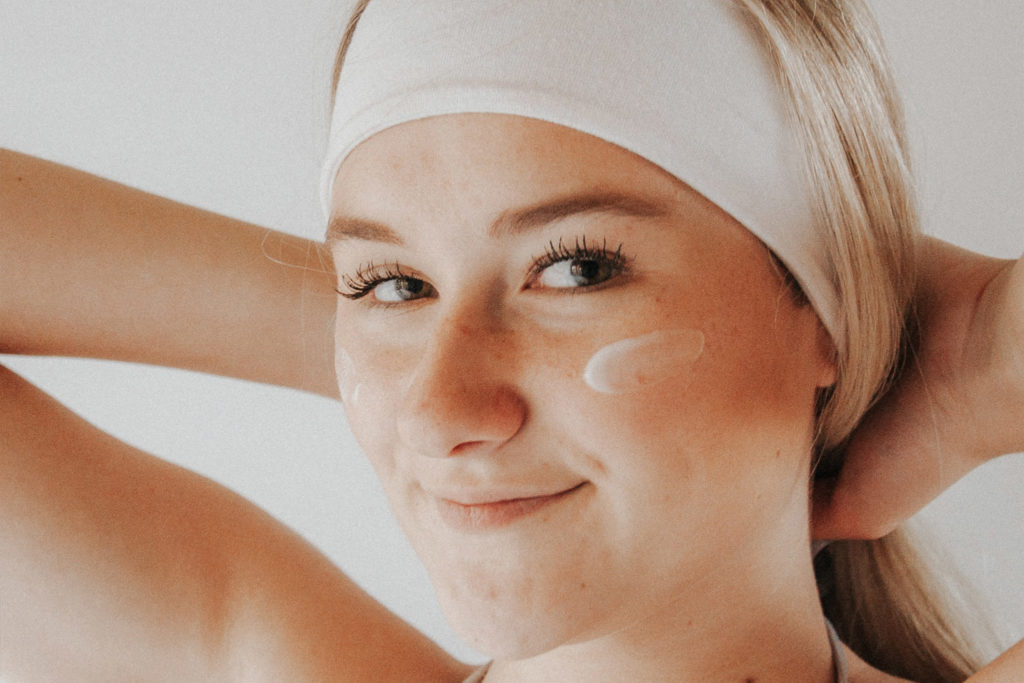
Chemical Peel vs. Laser Treatment: Which is Right for you?
There’s no doubt about it; minimally invasive procedures are in high demand – and for good reason. The quick recovery, reduced risk of post-surgical complications, and relative affordability alone are appealing factors. Some of the most popular non-surgical cosmetic procedures? Chemical peels and laser skin resurfacing treatments. In fact, both ranked in the top five minimally invasive cosmetic procedures in the latest plastic surgery statistics report by the American Society of Plastic Surgeons.
Both solutions address similar skin concerns – wrinkles, sun damage, acne, and uneven skin texture. So, if you’re in the process of researching your options and aren’t sure which one is the better fit, don’t worry. AW Plastic Surgery experts are well-versed in everything skincare. Here, they break down the key differences between chemical peels and laser solutions, their benefits, downtime and who makes for a good candidate for each. But first: let’s dive into the basics.
1. What is a chemical peel, and how does it work?
Given their slightly aggressive reputation, chemical peels are often misunderstood. (If it conjures up images of that Sex and the City episode, you’re not alone.) So, let’s clear up a few things. During the procedure, a chemical solution – a blend of acids and exfoliating ingredients – is applied to your skin. The blend “peels” off dead skin cells, prodding your skin into growing new ones while increasing collagen production.
What a lot of patients don’t know is that there are many kinds of chemical peels – and no, not all of them leave your face red and raw like Samantha Jones’! Each is made from a different combination of acids and varies in strengths. Our “Mask Peel,” for example, uses salicylic and glycolic acid, and is effective in targeting acne and congested pores. The “Mela Peel,” on the other hand, reduces hyperpigmentation with kojic and azelaic acids.
2. What does a laser skin resurfacing treatment involve?
As is evident in the name, laser skin resurfacing treatments rely on pulses of light to banish wrinkles, scars and discoloration. There are two kinds of laser treatments: ablative and nonablative. During ablative laser resurfacing, an intense beam of light removes the thin, outermost layer of skin, stimulating the production of new skin cells and collagen fibers. On the other hand, non-ablative lasers are more gentle, heating up the underlying skin tissue without damaging the surface.
Under these two umbrellas, you’ll find several different options, each varying in intensity and strength. The MOXI Laser, for example, is our newest non-ablative laser that works by creating micro-injuries to the outer layer of your skin, kicking its natural repair process into action. The Contour Laser takes things up a few notches by going deep underneath the skin to target the dermis. That said, every patient’s skin is unique – and that’s why our team of professionals are here to guide you every step of the way.
3. What are the major differences and similarities between the two procedures?
The biggest difference between the two cosmetic procedures is how they work – chemical peels with powerful acids, and laser treatments with beams of light. As mentioned, lasers vary in strength and depth. Given their versatility, they can be used on different areas of the face and tailored to address a patient’s specific concerns. “We are able to choose different lasers and settings to provide the most appropriate treatment based on desired results and tolerance of downtime,” AW experts say.
There are different strengths of chemical peels, too: superficial, medium, and deep. “A deep chemical peel provides phenomenal resurfacing results,” AW experts say. “However, there is a significant downtime and not all patients are appropriate candidates because of tolerance of downtime and skin type.”
4. Who is a good candidate for each?
Laser skin resurfacing offers a host of options for almost every kind of skin concern. Its ability to be personalized for each patient makes it a go-to, versatile option for almost everyone wanting to achieve clear, beautiful skin. “Lasers are more widely recommended because of the variety we have available,” AW Plastic Surgery experts say. From MOXI, BBL (Broad Band Light) and HALO, each laser treatment is used for a different purpose, and AW Plastic Surgery experts are here to recommend the right plan for each patient.
Chemical peels are a great solution for patients looking to reduce signs of aging, acne, pigment spots and uneven texture. However, not all chemical peels work for everyone. Deep chemical peels, for example, are generally not an introductory procedure. Typically, they’re recommended to patients who have already tried other methods for skin resurfacing, depending on their skin type and lifestyle.
5. What about downtime for each?
Downtime is one of the biggest factors patients take into consideration. How soon can patients return to work and normal activities? How long does it take to heal? These are all questions we frequently get from clients. “Deep laser and deep chemical peels are comparable for downtime,” AW Plastic Surgery experts say. “That’s two weeks minimum.” But that’s not always the case with all lasers.
A lot of patients gravitate toward HALO – a hybrid fractional laser that uses a combination of ablative and non-ablative wavelengths – because of the minimal downtime it offers. The treatment process takes about an hour, and recovery time is close to a week. However, it does require a series of treatments to see results that are similar to the Contour TRL Laser, one of our deepest laser resurfacing procedures. Whether it’s a chemical peel or a laser treatment, there are plenty of paths to achieving perfect skin – and AW Plastic Surgery professionals are here to help you navigate your options.
Ready to give your skin the tune-up it needs? Let us guide you through your options at AW Plastic Surgery. Reach out to us here for a consultation on minimally invasive procedures like chemical peels and laser skin resurfacing treatments. We’re ready to help you achieve a happier, more confident life with radiant, beautiful skin.
RELATED READING
